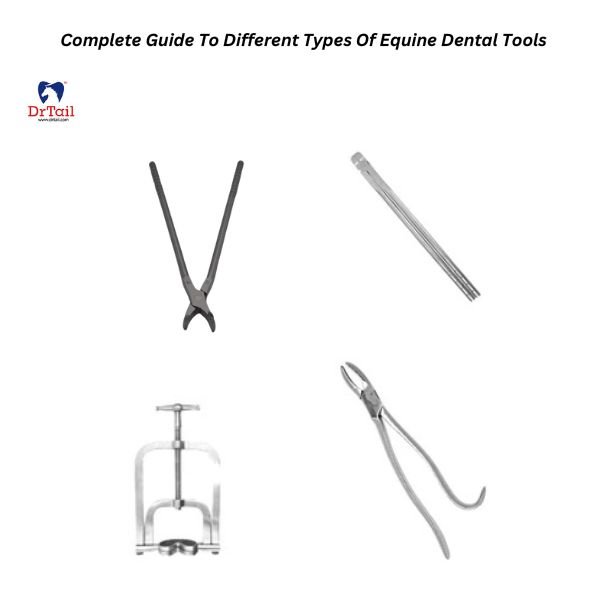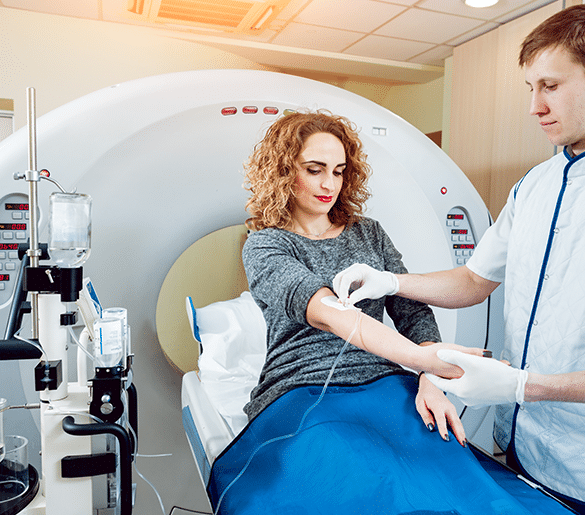Every horse owner or animal onward should know that regular dental checkups of their animal is important, teeth are the most important to maintain the health of your animal so regardless its a normal pet or a sports pet taking care of your furry friend is important. Sometimes, practices and equine dental tools that were deemed appropriate at the time are shocking by today’s standards and are no longer helpful. Thanks to study and improved instruments, the area has expanded as we have gained a greater understanding of how horses’ mouths function. This entails giving veterinarians more education to improve their proficiency in horse dentistry.
Why Does My Horse Need Regular Dental Examination
Since horses come in various sizes and are not grazing all the time, their tooth edges become sharp. Sharp points can cause sores on the inside cheeks, leading to a painful chewing and riding process. It might eventually contribute to a bit more serious condition such as gum disease, broken teeth, misaligned bites, and infections within the tooth roots.
Equine dentistry is not just about the teeth but about the care of the entire mouth. Gum disease is painful and is common in many animals, including horses. During extensive dental check-ups, veterinarians often find tumors, infections, food blockages, and other foreign objects.
Understanding The Different Types Of Equine Dental Tools
Horses more concerned about dental health than humans; however, it forms part of a horse’s complete health and well-being. equine dental tools relate to a horse’s general comfort, performance, and longevity. In this article, we explore equine dental tools, detailing which types exist and the different roles that each performs for optimal oral health for your four-legged friends.
Dental picks and probes:
More dental picks and probes are used to check and clean the horse’s teeth. These very precise tools help equine dental experts and veterinarians in looking for problems, removing dirt, and thus assessing the general health of the horse’s teeth.
Rasps and Floats:
Rasps and floats file down the surfaces of a horse’s teeth and level them. Irregularities of the dental surfaces cause discomfort and pain in chewing to the horse. Other health problems might be a result of dental irregularities. Rasps and floats help maintain proper occlusion in the horse that ensures an even, efficient horse bite.
In some cases, the dental mirrors provide a clear view of those hard-to-reach places in the horse’s mouth. These mirrors help dental experts during visual examinations as they can spot decay, tartar buildup, among other issues not visible in direct viewing.
Power Tools:
In modern equine dentistry, equine dental tools including dental drills and grinders are more often used to do much more complex procedures. These resources serve to provide more efficiency and accuracy when making careful shapes or removing portions of the tooth that have dental conditions.
Speculums:
They keep the mouth of the horse open during equine dental instruments procedures, allowing comprehensive examination and treatment to be conducted. horse dental tools well-designed dental speculum ensures that the horse is safe and at the same time facilitates easy dental work.
Gags and Mouth Props:
Gags and mouth props are assistant equine dental equipment used to keep an open horse dental tools for mouth during dental procedures. Horse dental instruments ensure that a good field of view is achieved, and facilitate the safe and effective usage of other equine dentistry instruments .
Extraction Tools:
Where there is a need to extract the tooth, there are horse dental instruments. Extraction tools ensure careful removal of a badly damaged or problematic tooth. This avoids trauma and sets the horse up to recover well.
Sedation Equipment:
Equipment on sedation, for instance sedative gel or injectable, offers such required sedation to the horse. This is for both horse’s safety and that of the dentist to ensure that the dentist works in a relaxing controlled environment.
How Often Horse Should Go For The Dental Checkup
Every horse should go for equine dental instruments check-up at least once a year. Young horses should visit a dentist more often because in the first 4 to 5 years of their life, their teeth grow very fast. One of the common problems in young horses is that baby teeth – incisors or premolar caps – sometimes fail to fall out when adult teeth are ready to come in. This can cause problems, such as discomfort due to the eruption of incisors. In addition, problems can arise if the halter or bridle is not fitted. Sometimes, baby horses have their teeth grow in incorrectly, so it is beneficial to have check-ups every six months.
Older horses, especially those 20 years and older, are more likely to have dental issues such as gum disease or worn-down teeth, worsened by health issues like Cushing’s disease. Their teeth also need to be checked every six months.
For more serious issues, the horses may need several treatments and even frequent visits to a veterinarian to prevent causing harm to the teeth. Your veterinarian can better indicate how often your horse should visit them.
Conclusion :
Regular dental check-ups can keep horses healthy and happy. Like humans, equines require dental care so that they do not go through the pain and complications of severe health issues. Dr.Tail New tools and techniques allow vets to examine and treat horses more effectively. Keeping a horse’s teeth clean can improve comfort, performance, and lifespan, leading to joyful lives. It is very important that all young and older horses should be visiting a competent vet regularly to discover and repair any dental conditions early.



